Houseplants bring life and vibrancy to indoor spaces, but not all homes are blessed with abundant natural light. Fortunately, there’s a solution: low light houseplants. In this comprehensive guide, we will explore the best low light houseplants, tall low light houseplants, and houseplants that thrive in low light conditions. Whether you have a dimly lit room or simply want to add greenery to a shaded corner, you’ll discover a variety of options to brighten up your living space.
Best Low Light Houseplants
Low light houseplants are the unsung heroes of indoor gardening. They can thrive in areas with minimal sunlight, making them perfect for rooms with small windows or north-facing exposures. Here are some of the best low light houseplants to consider:
-
Snake Plant (Sansevieria trifasciata)
– Snake plants are virtually indestructible and can adapt to a wide range of lighting conditions, including low light.
– They have striking, sword-like leaves that add a touch of modern elegance to any room.
– Snake plants are also excellent air purifiers, removing toxins from the air.
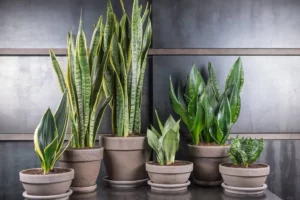
-
ZZ Plant (Zamioculcas zamiifolia)
– ZZ plants are known for their glossy, dark green leaves and tolerance of low light.
– They are low-maintenance and can go for weeks without watering.
– ZZ plants are a great choice for beginners or anyone with a busy lifestyle.
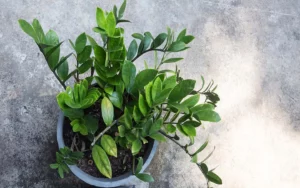
-
Peace Lily (Spathiphyllum)
– Peace lilies are famous for their elegant white blooms and deep green foliage.
– They can thrive in low to moderate light and are excellent air purifiers.
– Keep the soil consistently moist, and they’ll reward you with their beauty.
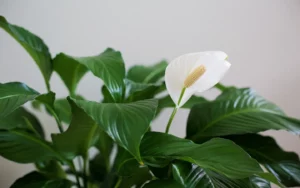
-
Pothos (Epipremnum aureum)
– Pothos vines are known for their cascading foliage and adaptability to various light conditions, including low light.
– They are easy to propagate, making them a popular choice for plant enthusiasts.
– Pothos can add a touch of green to hanging baskets or shelves.
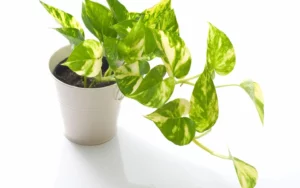
-
Spider Plant (Chlorophytum comosum)
– Spider plants are hardy and adaptable, making them suitable for low light areas.
– They produce arching green and white striped leaves, which can be a striking addition to your home.
Learn more about black houseplant
– Spider plants are also effective at purifying indoor air.
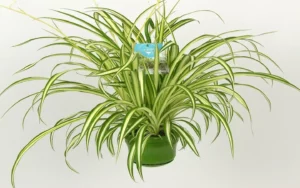
-
Cast Iron Plant (Aspidistra elatior)
– As the name suggests, cast iron plants are incredibly tough and can endure low light conditions.
– They have bold, dark green leaves and are perfect for adding a touch of green to dark corners.
– Cast iron plants are low-maintenance and can handle occasional neglect.
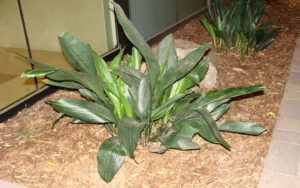
Tall Low Light Houseplants
If you’re looking for tall low light houseplants to make a bold statement in your home, consider these options:
-
Fiddle Leaf Fig (Ficus lyrata)
– Fiddle leaf figs are known for their large, violin-shaped leaves that can reach impressive heights.
– While they prefer bright, indirect light, they can adapt to lower light conditions.
Explore more bay area kitchen cabinets
– Provide a spacious spot for their growth, and they’ll become a striking focal point in your home.
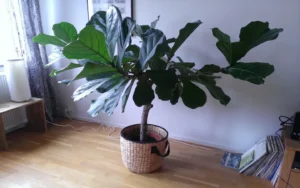
-
Bamboo Palm (Chamaedorea seifrizii)
– Bamboo palms are elegant and can reach considerable heights when placed in a large container.
– They are excellent air purifiers and can thrive in low light conditions.
– Keep the soil consistently moist to ensure their health and growth.
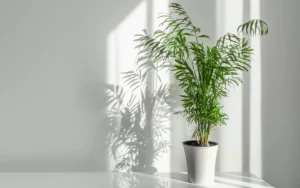
-
Dracaena (Dracaena spp.)
– Dracaena plants come in various species, some of which can grow tall and slender.
– They are adaptable to low light and are available in different leaf colors and patterns.
– Pruning can help control their height and shape.
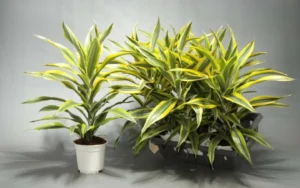
-
Corn Plant (Dracaena fragrans)
– Corn plants, also a type of dracaena, have long, arching leaves that resemble cornstalks.
– They are relatively low-light tolerant and can reach heights of several feet.
– Maintain even moisture and avoid direct sunlight for optimal growth.
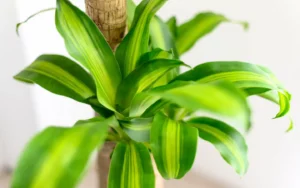
-
Kentia Palm (Howea forsteriana)
– Kentia palms are elegant and can grow tall, making them ideal for creating a tropical ambiance.
– They can adapt to low light conditions and are relatively low-maintenance.
– Provide them with consistent watering and occasional feeding.
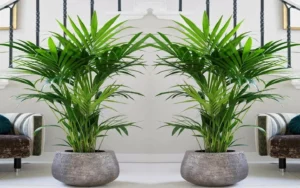
Houseplants That Thrive in Low Light
In addition to the best low light houseplants and tall options, there are specific houseplants that are known for thriving in low light environments. These plants can endure dim conditions and still flourish:
-
Chinese Evergreen (Aglaonema)
– Chinese evergreens come in various leaf patterns and shades and are excellent low light performers.
– They can tolerate low humidity and infrequent watering, making them suitable for beginners.
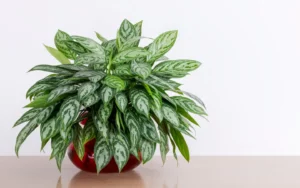
-
Parlor Palm (Chamaedorea elegans)
– Parlor palms have delicate, feathery leaves and can adapt to low light conditions.
– They are relatively compact, making them perfect for tabletops or small spaces.
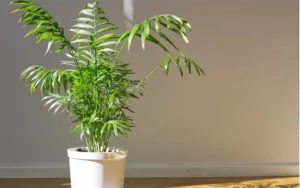
-
Heartleaf Philodendron (Philodendron hederaceum)
– Heartleaf philodendrons are known for their heart-shaped leaves and adaptability to low light.
– They can be grown as trailing vines or in pots on tabletops.
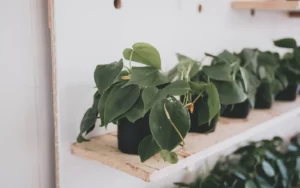
-
Boston Fern (Nephrolepis exaltata)
– Boston ferns have lush, feathery fronds and can tolerate low light when properly cared for.
– They thrive in high humidity, so consider misting them regularly.
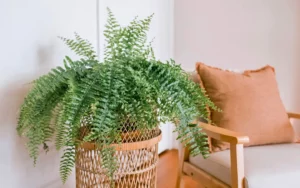
-
Dumb Cane (Dieffenbachia)
– Dumb cane plants have large, variegated leaves and can adapt to low light conditions.
– Keep the soil consistently moist but avoid overwatering.

Tips for Caring for Low Light Houseplants
While low light houseplants are generally more forgiving of suboptimal lighting conditions, they still require proper care to thrive. Here are some essential tips for caring for your low light-loving green companions:
-
Monitor Soil Moisture
– Check the soil moisture regularly, and water your plants when the top inch of soil feels dry. Overwatering can be more detrimental than underwatering.
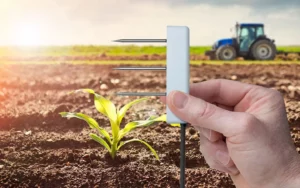
-
Avoid Direct Sunlight
– Low light plants are adapted to thrive in indirect or filtered light. Avoid placing them in direct sunlight, which can scorch their leaves.

-
Rotate Your Plants
– Periodically rotate your plants to ensure all sides receive an equal amount of light. This prevents them from leaning or growing unevenly.
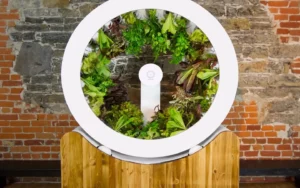
-
Humidity Matters
– Some low light plants, like Boston ferns, appreciate higher humidity levels. Consider using a humidity tray or misting them to maintain moisture.

-
Fertilize Sparingly
– Low light houseplants generally require less fertilizer than their high-light counterparts. Use a diluted, balanced fertilizer during the growing season (spring and summer) and reduce fertilization in the winter.
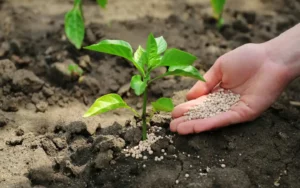
-
Repot as Needed
– Repot your plants when they outgrow their containers or become root-bound. Choose a slightly larger pot and fresh potting mix.
-
Patience and Observation
– Low light houseplants may grow more slowly compared to their counterparts in brighter conditions. Be patient and allow them time to adjust and thrive.
– Pay close attention to your plants. Observe their leaves for signs of stress, such as yellowing or browning, and adjust care accordingly.
-
Pest Management
– Even in low light, houseplants can occasionally attract pests like spider mites or mealybugs. Regularly inspect your plants for signs of infestation and take prompt action if necessary, such as using insecticidal soap or neem oil.

-
Pruning and Maintenance
– Regularly prune your low light houseplants to encourage healthy growth and maintain their shape.
– Remove dead or yellowing leaves to improve air circulation and prevent potential disease.
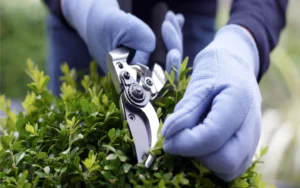
-
Container Selection
– Choose containers with drainage holes to prevent waterlogged soil, which can lead to root rot.
– Consider decorative pots that match your interior decor while ensuring they are the right size for your plant’s root system.
-
Water Quality
– Use room temperature water to avoid shocking your plants. If your tap water has high levels of chlorine or minerals, consider using filtered water.
– Allow the water to sit for a day before using it, as this can help dissipate any harmful chemicals.

-
Propagation
– If you wish to expand your collection or share your low light houseplants with friends, many varieties can be propagated through methods like stem cuttings or division.
-
Research and Education
– Each low light houseplant has unique care requirements, so take the time to research and understand the specific needs of your plants.
– Joining online plant communities or forums can provide valuable insights and tips from experienced plant enthusiasts.
Remember that while low light houseplants are more forgiving of light conditions, they still require care and attention. Regularly assess your plant’s health and adjust their care as needed to ensure they thrive.
Conclusion: Enhance Your Space with Low Light Beauty
Don’t let low light conditions limit your indoor gardening aspirations. With the right selection of low light houseplants, you can transform even the darkest corners of your home into lush, green retreats. Whether you opt for the best low light houseplants, tall varieties, or those known to thrive in low light, you’ll enjoy the benefits of improved air quality, enhanced aesthetics, and the joy of nurturing these resilient green companions. So go ahead, bring the beauty of nature indoors and enjoy the serenity it brings to your space.
KEYWORDS:
